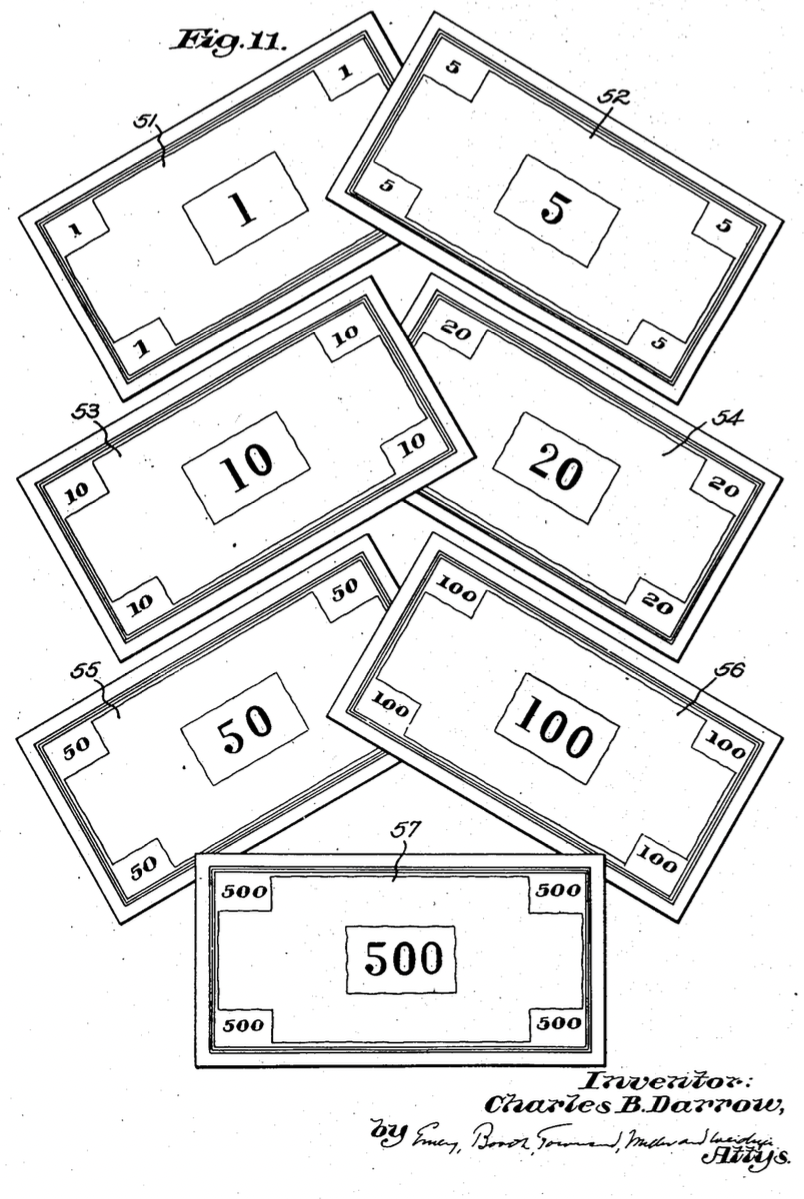Should you be filing an industrial design (design patent) or a utility patent? The ultimate question: Design Patent VS Utility Patent. Okay, this is not the ultimate question, but a common question nonetheless.
Terminology
The first thing I want to clarify is terminology. In most of the world, you can file a patent or an “industrial design” application. In the United States, industrial designs are called “design patents.” This can be a bit confusing because they are quite different from “utility patents,” or what the rest of the world just calls “patents.” For the rest of this article, I will call them industrial designs, to attempt to reduce confusion.
Design VS Utility
The best way to think about whether you should file an industrial design or a utility patent is by asking yourself what is new, unique, and innovative about your product: how it works or how it looks?
If your product has a unique appearance, you may want to consider filing an industrial design. If you think it has a unique function, then you may want to consider patent protection, and we would love to help!
Strength of Protection
If you are able to get industrial design protection, this only enables you to prevent others from copying your exact design. Assuming you don’t also have a patent, others would be free to copy the function of your product as long as theirs had a different shape or appearance. Industrial designs can be easier to get, but they also have more limited protection. It is easier to tweak a design, or the appearance of a product to get around industrial design protection than it is for a well-written patent.
Multiple Forms of Protection
The initial question I asked at the beginning of this article related to “industrial design OR utility patent,” but the best IP strategy usually incorporates multiple forms of IP protection. For example, you may protect your software, written works, and images with copyright. You will likely protect your brand (the name of your company, logos, product names, etc.) with a trademark. You may keep certain elements of your back-end as a trade secret (data that goes into an AI or machine learning process, for example). If your product incorporates a unique process or function, you will certainly want to consider filing a patent application on your core technology regardless of whether or not it also has a unique design. Learn the best approach to filing a patent here!
And of course, even if you are pursuing a patent you should also consider filing an industrial design if the appearance of your product is unique and important to the success of your business.











